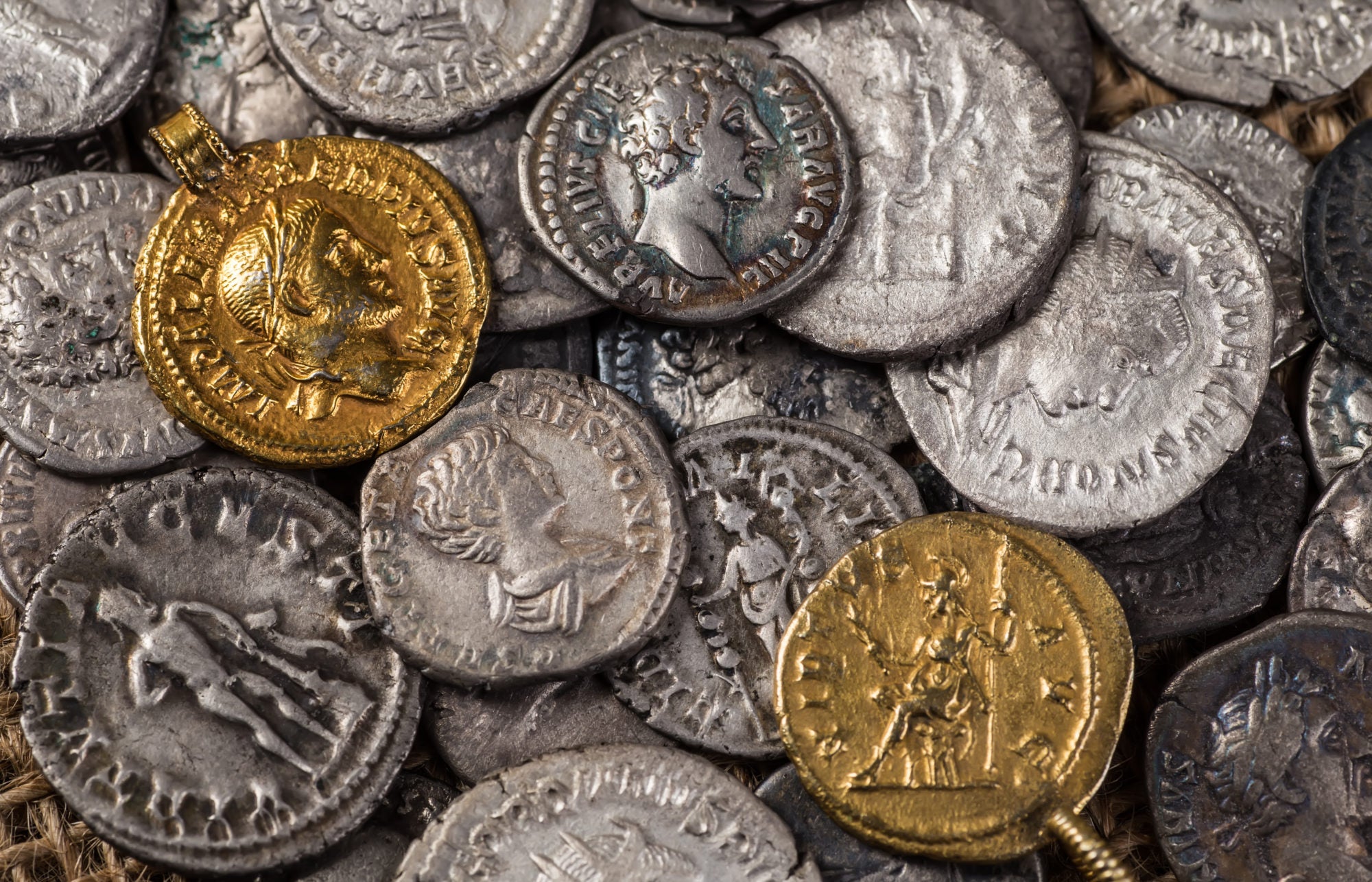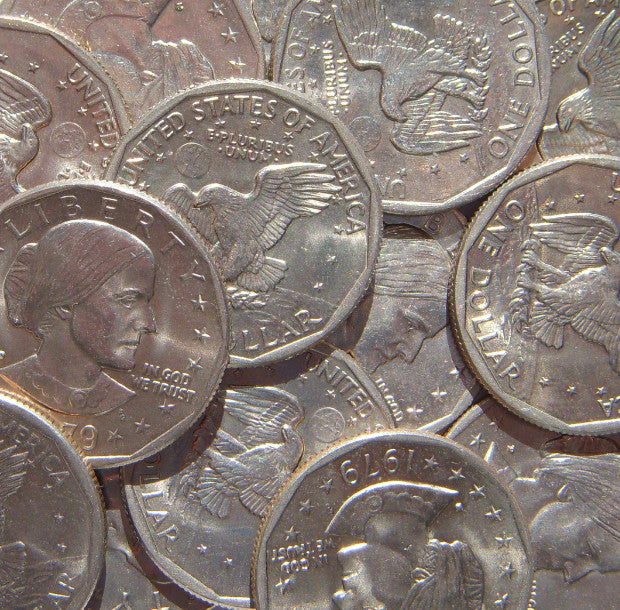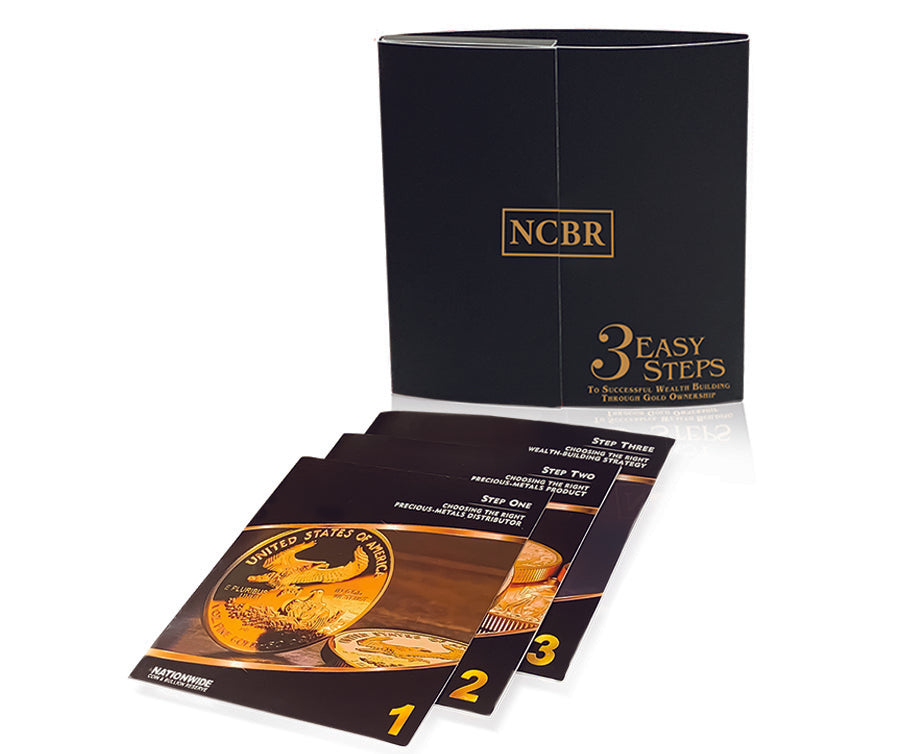The history and institution of ancient Roman coins take us back to before the beginning of the 3rd century BC. During this era, coins were just starting to circulate as a means to simplify and escape bartering as the sole form of exchange in ancient Rome. This transition phase began with, rather than proper coins, raw lumps of bronze and other metals being used as currency. The lumps of bronze were known as Aes Rude.
As the usage of Aes Rude continued to expand, as did the necessity of true Roman coins. The first of these pieces, Aes Signatum, was a bronze coin that is in the shape of a rectangle, was hand-stamped with its design, and held a known value recognized by the Roman government. Aes Signatum, while still the beginning of formalized Roman coins, laid somewhere between as informal as Aes Rude and as regulated as true coins tend to be.
It was shortly after the introduction of Aes Signatum that the next of the ancient Roman coins were created; Aes Grave, another bronze piece, and the first of the formally recognized Roman coins. These coins were shaped in a circle and depicted a deity head on its obverse and the front of a ship on its reverse.
The rich history of Roman coins began after these initial years, and once coins grew in circulation and necessity. Some of the coins to follow after these early years included the Silver Denarius, Gold Aureus, and Silver Antoninianus. These paved the way for an expansion into coins cast from metals other than of bronze. These precious metals such as gold, were first discovered in ancient Rome around 2600 B.C.
ANCIENT ROMAN COINS: DESIGN
Imperial period Roman coins’ most frequented design model are those struck with an image of the residing emperor of the given time on the obverse and the reverse often had greater room for variety in design. Highly valued, early bronze coins’ reverse sides typically showcased depictions of the Colosseum, Trajan’s Column, and other Roman temples and landmarks.
Before reaching this recognizable pattern, however, the earliest Roman coins had several designs and themes that were all hand-struck. Early Roman coins showcased several images such as a series depicting a four-horse chariot, local monuments, recognizable events, and more.
ANCIENT ROMAN COINS: VALUE
Roman coins act as an incredible daily reminder within the coin industry of Roman history. That means these ancient coins fall into the category of the most popular, rare, and in-demand ancient coins today. To better understand the value of particular Roman coins, it is important to first know what price factors come into play. Things to consider include how many specimens of a given coin still exist, the condition of a given coin, and the current demand for it.
Two of the most recognizable ancient Roman coins include the Gold Aureus and the Silver Denarius, which are also two of the most valuable. For example, certain Gold Aureus coins, like those struck during the reign of Emperor Augustus, may cost as much as $20,000. On the other hand, the Ides of March Silver Denarius is one of the most desired coins in history and has been auctioned for hundreds of thousands of dollars.
For more general ancient Roman coins, prices may begin at around $100 and, as mentioned, in cases such as the rarity and likely good condition of the Ides of March Silver Denarius, can get as high as six figures.
Real Time Precious Metals Data Below







